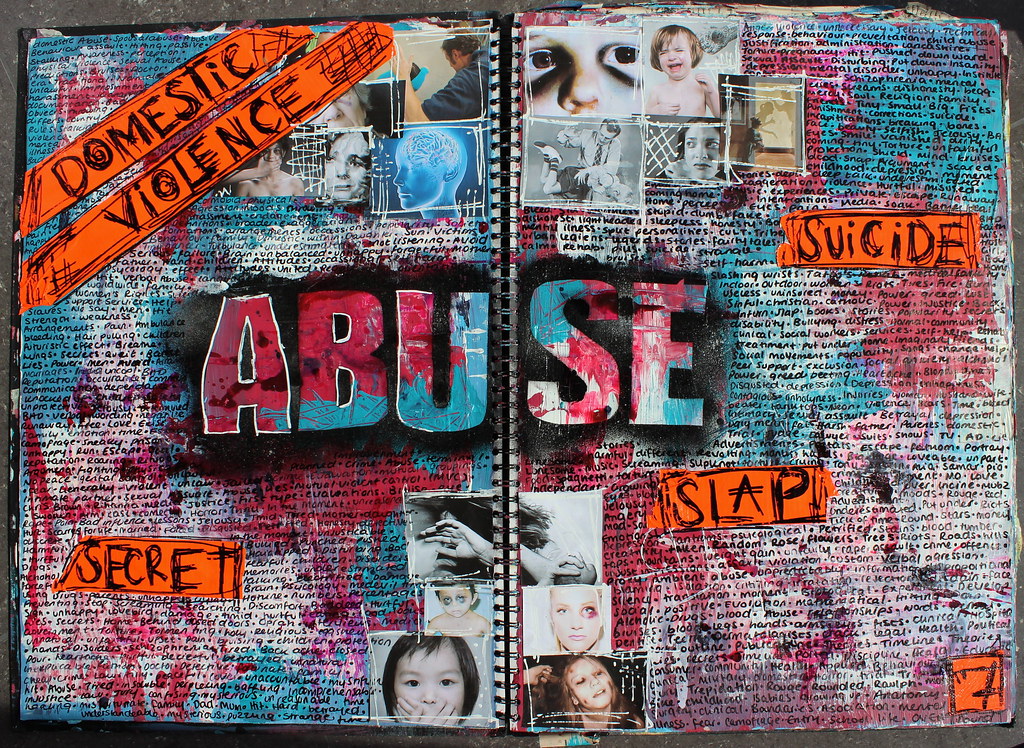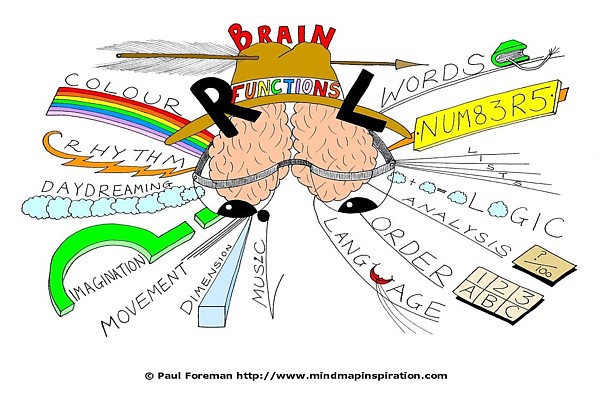Goal: Create a mind map using a visual art selected glossary term.
I will provide you with a visual art glossary term > http://goo.gl/v6SL5K . Create a mind map artwork using your visual art glossary term as the catalyst. Use branching structures, web structures or other structural forms expressing synonyms or free associations using words, drawings, colors or collage elements. Continue mapping from the original term and the synonyms with more free associations that include terms and images.
Trigger Mechanisms:
Organize, branching, transition








